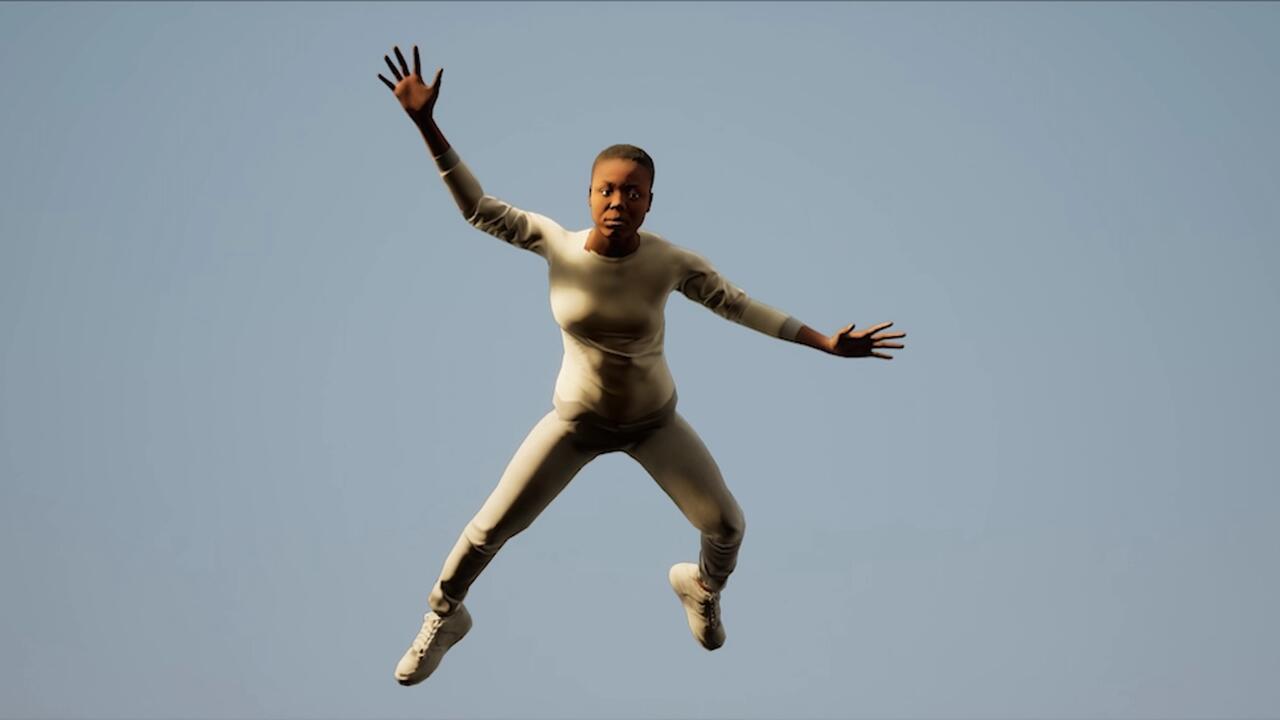Alice Neel

Aurel Scheibler’s West Berlin apartment gallery provided an engagingly domestic setting for this group of seven portraits by Alice Neel, which span her career from the early 1930s to the early 1980s. Neel was born in Philadelphia in 1900 and lived for 84 years, mostly in Manhattan, during which time she painted portraits of those around her with a compulsion that overwhelmed all other aspects of her life. Her unconventional biography followed her wherever she went, particularly her unresolved conflict between painting and motherhood, and it took the support of the women’s movement to rescue her work from obscurity. Her work went almost unrecognized until a retrospective at the Whitney Museum of American Art in 1974. Now, over 20 years after her death, this small exhibition is the first time Neel’s work has been shown in Germany, and only her third solo show in Europe, the previous two having both occurred in the last four years in commercial galleries.
What conclusions can be drawn from just seven paintings picked from a body of work of almost 3,000 pieces? Selected together with London-based Jeremy Lewison, who handles Neel’s estate, the paintings here are all three-quarter-length portraits; two of them are double portraits. There are none of the startling nudes of men, pregnant women, children or couples that Neel began painting in the ’30s, despite the prudery of the age. Nor are there any of the street scenes from Harlem, her local neighbourhood from the late ’30s, which flew in the face of racially segregated America. Here the works are all set in interiors without much contextual information beyond a chair arm or a patterned sofa. In Neel’s portraits one can often gauge the era in which they were painted by the width of a trouser leg or a particularly floppy hat, but here only the rosy beige suit and dubiously patterned kipper tie of the African-American businessman in Kinuthia (1973) belie the work’s ’70s origin; clothing is otherwise indeterminate. Neither is there enough work here to allow an analysis of stylistic development beyond a cursory note of the later canvases’ looser touch and bolder coloration. The dark outline that delineates the features of Martin Jay in the earliest work, from 1932, is present throughout, as are the fluid brushstrokes that establish both colour and contour. In both content and style this exhibition gave a sense more of continuity within Neel’s oeuvre than of change.
The sitters in these works were mostly relatives, family friends or acquaintances of Neel; none of the close family members she painted repeatedly or famous art personas painted occasionally was present. The only information we can glean from this handful of works, then, is distilled in the unknown sitters’ faces, hands and chosen postures. This is nonetheless enough to deliver a penetrating sense of Neel’s special talent: to portray the hardship compressed into an individual life, regardless of sex, race or generation. This is particularly the case in James Hunter Black Draftee (1965), as the sitter’s body is merely outlined while his dark face, resting on one hand in the classical ‘thinker’ pose, is a dense study in preoccupation, worry, hopelessness. Neel always painted from life and she described how her sitters would ‘unconsciously assume their most characteristic pose, which in a way involves all their character and social standing – what the world has done to them and their retaliation’. It was through struggle that she identified with her sitters; and the empathy was extreme: ‘I get so identified when I paint them, when they go home I feel frightful. I have no self – I’ve gone into this other person.’ It is almost as if a fusion occurs within the canvas, where the suffering represented belongs as much to the portrayer as to the portrayed.
This acute sense of identification, along with the velocity and directness of Neel’s painting technique, gives the portraits a compelling psychological intensity. Faces are full of alien colours – green, ochre, purple – that give them a strange depth. The darkly shadowed eyes of the artist in Don Perlis and Jonathan (1982) contrast with the vacant blue circles of the child on his knee, his mentally retarded son. The couple seated together in Anne-Marie and Georgie (1982) appear to be an elderly mother and her grown-up son, but the old lady’s proprietary hand laid on the man’s knee, her defiantly staring eyes and set mouth suggest something more: they are, in fact, married.
Neel swam fiercely against the current of movements that propelled 20th-century American art (‘When I gave a slide lecture I would have to apologize for being psychological’, she has said), but the work she left behind amounts to an extraordinarily broad and scrutinizing gaze on the individuals that made up that century’s society. This exhibition was a tightly composed and tantalizing taster of that. Hopefully it will entice a European curator to bring a museum show here some time soon.















